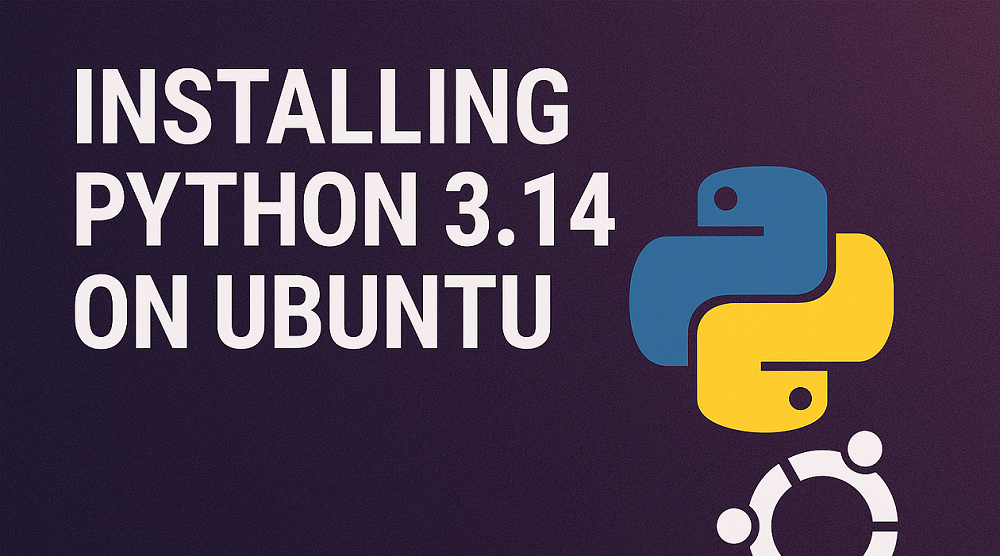In the realm of web server administration, ensuring the security of your server environment is paramount. One of the most effective tools for securing Linux servers is Security-Enhanced Linux (SELinux), a mandatory access control (MAC) security mechanism. When it comes to serving web content with Apache, the most popular web server, configuring SELinux correctly is crucial to both security and functionality. This article guides you through the steps to configure SELinux to allow Apache to serve a new directory, ensuring your web content is both secure and accessible.
Understanding SELinux Contexts
Before diving into the configuration, it’s essential to understand SELinux contexts. SELinux assigns security contexts to every process and file in the system. These contexts are used to define policies that govern the access controls. For Apache to access and serve content from a new directory, the directory and its contents must have the appropriate SELinux context.
The httpd Contexts
For Apache, the relevant SELinux contexts are prefixed with httpd. Specifically, files that should be accessible to Apache are often tagged with the httpd_sys_content_t context. If you’re dealing with CGI scripts or other executable content, they may require different contexts like httpd_sys_script_exec_t.
Step 1: Identifying the Default Context
The first step in configuring SELinux for Apache to serve a new directory is to identify the default context applied to the web content directory, typically /var/www/html. You can use the ls -Z command to view the SELinux context:
ls -Z /var/www/html
This command will show you the SELinux context of the default web directory, which you’ll need to apply to your new directory.
Step 2: Creating and Setting Context for the New Directory
Once you’ve identified the correct context, you can proceed to create your new directory and set its SELinux context. For example, if you’re creating a new directory named /var/www/newsite, you would use the following commands:
mkdir -p /var/www/newsitesemanage fcontext -a -t httpd_sys_content_t "/var/www/newsite(/.*)?"restorecon -Rv /var/www/newsite
The semanage fcontext command adds a policy rule to assign the httpd_sys_content_t context to the new directory and its contents. The restorecon command then applies this context according to the policy rules.
Step 3: Allowing Network Connections
By default, SELinux may block Apache from making network connections, which could be necessary for your web application. To allow this, you need to set the appropriate boolean values:
setsebool -P httpd_can_network_connect on
This command adjusts the SELinux policy to allow Apache processes to initiate network connections.
Step 4: Verifying the Configuration
After configuring SELinux, it’s important to verify that Apache can indeed serve content from the new directory. Create a simple test file in the new directory and try accessing it via your web browser. Additionally, use the `ausearch -m avc -ts recent` command to check for any SELinux access denials, which can help you troubleshoot any issues.
Conclusion
Configuring SELinux to allow Apache to serve a new directory involves understanding SELinux contexts, applying the correct context to the directory, and possibly adjusting SELinux booleans to permit additional functionalities. While SELinux can seem complex, its powerful security mechanisms provide a robust layer of protection for your web server. By following the steps outlined in this practical guide, you can successfully configure SELinux for your Apache server, ensuring both security and accessibility for your web content.


